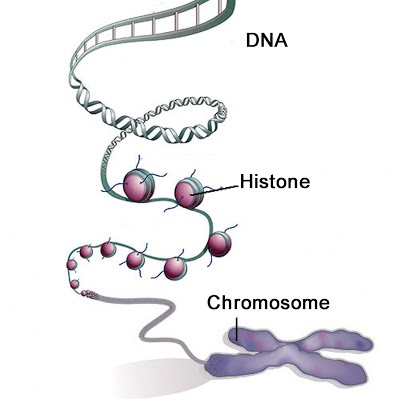Introduction
The Dogma
mRNA
The 3 Secrets of mRNA/DNA
tRNA (Transfer RNA)
Non-coding DNA
The Dogma
DNA is a large molecule made up of variable bases (adenine, thymine, cytosine, guanine). The precise sequence and location of these bases determines what structure a second molecule, mRNA (messenger RNA) has once it’s “read” the template DNA. In turn, the sequence and location of mRNA bases determines what amino acids will be chosen in the assembly of a given protein that the original DNA encoded for, once it reaches a ribosome and is constructed by tRNA (transfer RNA).
DNA can also code for ribosomal RNA which makes up..

